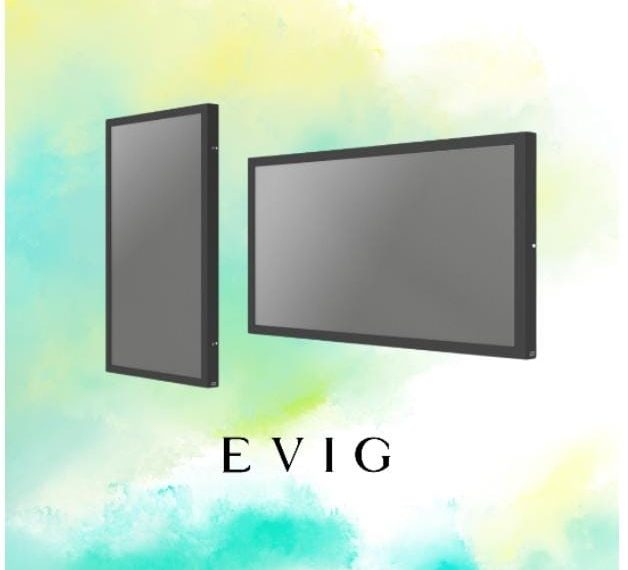Businesses must work fast and make few mistakes, especially when buying and paying for goods. Buying to paying, or P2P is very important for companies. But, doing this the old way, with procurement software, can be faster and lead to mistakes. This article looks at how AI, procurement software, and other smart tools can make the P2P process better, faster, and less prone to errors.
Understanding the Procure-to-Pay Cycle
The procure-to-pay (P2P) cycle is essential for operational efficiency and cash flow management. It includes identifying needs, requisitioning, purchasing, receiving, invoicing, and making payments. Traditional P2P processes face challenges such as manual data entry, slow approvals, and need for more transparency. These issues cause errors, payment delays, and strained supplier relationships, adversely affecting a business’s financial stability and operational effectiveness.
Elements of the Procure-to-Pay (P2P) cycle
- Identifying Needs: Determining the goods or services required.
- Requisitioning: Requesting approval for the purchase.
- Purchasing: Selecting suppliers and placing orders.
- Receiving: Accepting and verifying the delivery of goods or services.
- Invoicing: Receiving bills from the supplier.
- Making Payments: Completing the transaction by paying the supplier.
The Role of AI in Transforming Procure-to-Pay
AI technologies, including machine learning and natural language processing, significantly enhance the procure-to-pay (P2P) cycle. Predictive analytics enable accurate demand forecasting, facilitating effective procurement planning. Through data analysis on supplier performance, compliance, and risk, AI tools automate supplier selection, promoting informed decision-making. This integration improves decision speed and accuracy, offering strategic benefits like proactive risk management and cost reduction.
Integrating AI into the procure-to-pay (P2P) cycle provides several significant advantages:
- Enhanced Accuracy in Demand Forecasting: AI’s predictive analytics capabilities enable more precise forecasting, leading to better procurement planning and inventory management.
- Automated Supplier Selection: By analyzing data on supplier performance, compliance, and risk factors, AI tools automate and improve the supplier selection process, ensuring that businesses partner with the best suppliers.
- Faster Decision-Making: AI streamlines invoice processing and payment approvals, reducing the time required for these activities and enabling quicker decision-making.
- Proactive Risk Management: AI provides insights that help businesses anticipate and mitigate supply chain disruptions, enhancing the resilience of operations.
- Cost Optimization: AI identifies opportunities for cost savings throughout the procurement process, from negotiating better terms with suppliers to reducing inefficiencies in the P2P cycle.
- Improved Compliance: AI tools can ensure that procurement processes adhere to regulatory requirements and company policies, reducing the risk of non-compliance.
- Scalability: AI solutions can scale with the business, accommodating increased volume without requiring proportional increases in manual oversight or administrative staffing.
Automating the Payment Process
Automation technologies, notably robotic process automation (RPA) and digital payment platforms, are transforming the payment process in the procure-to-pay (P2P) cycle. RPA automates invoice processing and reconciliation tasks, leading to quicker processing times and fewer errors. Digital payment platforms speed up transactions and enhance tracking and compliance capabilities. These technologies guarantee precise, prompt payments that adhere to regulatory standards, resulting in cost reductions and stronger supplier relations.
Automating the payment process can significantly enhance efficiency, accuracy, and compliance for companies. This short guide outlines steps to select and implement the right software for payment process automation.
Assess Your Needs
Identify the bottlenecks and pain points in your current payment process, including manual data entry, slow approvals, and compliance issues. Determine what features are necessary for your business, such as invoice automation, electronic payments, and financial reconciliation capabilities.
Research Available Solutions
Conduct research to identify available automation solutions that fit your needs. Focus on software specializing in payment processing with a good track record in your industry. Compare the features of different software options. Look for RPA capabilities, digital payment platforms, integration with existing financial systems, and compliance with regulatory standards.
Evaluate Software Providers
Assess the reputation of software providers based on customer reviews, industry awards, and years in business. Consider the level of customer support offered, including training, implementation assistance, and ongoing support.
Pilot Test Selected Software
Choose a small, manageable part of your payment process for a pilot test. This approach allows you to evaluate the software’s effectiveness without widespread disruption. Collect feedback from users involved in the pilot about the software’s usability, efficiency improvements, and any issues encountered.
Implement and Train
Once satisfied with the pilot test, proceed with a full software rollout. Ensure it is properly integrated with your existing financial systems. Develop training programs for employees to ensure they are comfortable using the new software. Include initial training and ongoing support to address any questions or problems.
Monitor and Optimize
Regularly review the software’s performance to ensure it meets your needs. Monitor payment processing times, error rates, and user satisfaction metrics. Be open to adjusting your processes or the software configuration to further optimize payment processing.
Embracing the Future of Procure-to-Pay
Integrating AI and automation technologies into the procure-to-pay cycle offers businesses a golden opportunity to enhance efficiency, accuracy, and financial health. By streamlining operations from procurement to payment, companies can reduce errors, save costs, and forge stronger supplier relationships.
This transformation boosts operational efficiency and positions businesses for sustainable growth in the competitive market landscape. As we move forward, adopting these technologies will become advantageous and essential for staying ahead.
Frequently Asked Questions (FAQ)
What is the procure-to-pay cycle?
The procure-to-pay cycle is the process that covers all steps from procuring goods and services to making payments to suppliers. It includes stages like identifying needs, requisitioning, purchasing, receiving, invoicing, and finally, payment.
How does AI improve the procure-to-pay process?
AI enhances the procure-to-pay process by automating supplier selection, improving demand forecasting, and speeding up decision-making. It reduces manual errors, optimizes costs, and helps manage risks more proactively.
Can small businesses benefit from automating the procure-to-pay cycle?
Yes, businesses of all sizes can benefit from automating the procure-to-pay cycle. Automation helps reduce manual workload, improves accuracy, and can scale according to the business’s needs, making it suitable for small businesses.
What are the challenges of implementing AI and automation in the procure-to-pay cycle?
Challenges include the initial cost of implementation, staff training, and integrating new technologies with existing systems. However, these challenges can be managed with careful planning and support from technology providers.
Are there any risks associated with automating the payment process?
While automating the payment process reduces the risk of manual errors and enhances efficiency, businesses must ensure robust security measures are in place to protect against cyber threats and ensure compliance with financial regulations.
How do I choose the right automation software for my business?
Selecting the right automation software involves assessing your business’s specific needs, researching available solutions, evaluating software providers, and pilot testing selected software. Look for features that address your pain points, and ensure the software integrates well with your existing systems.













